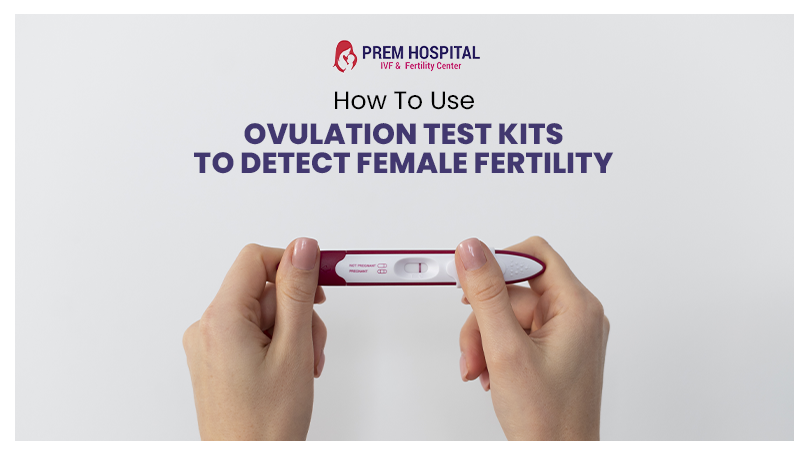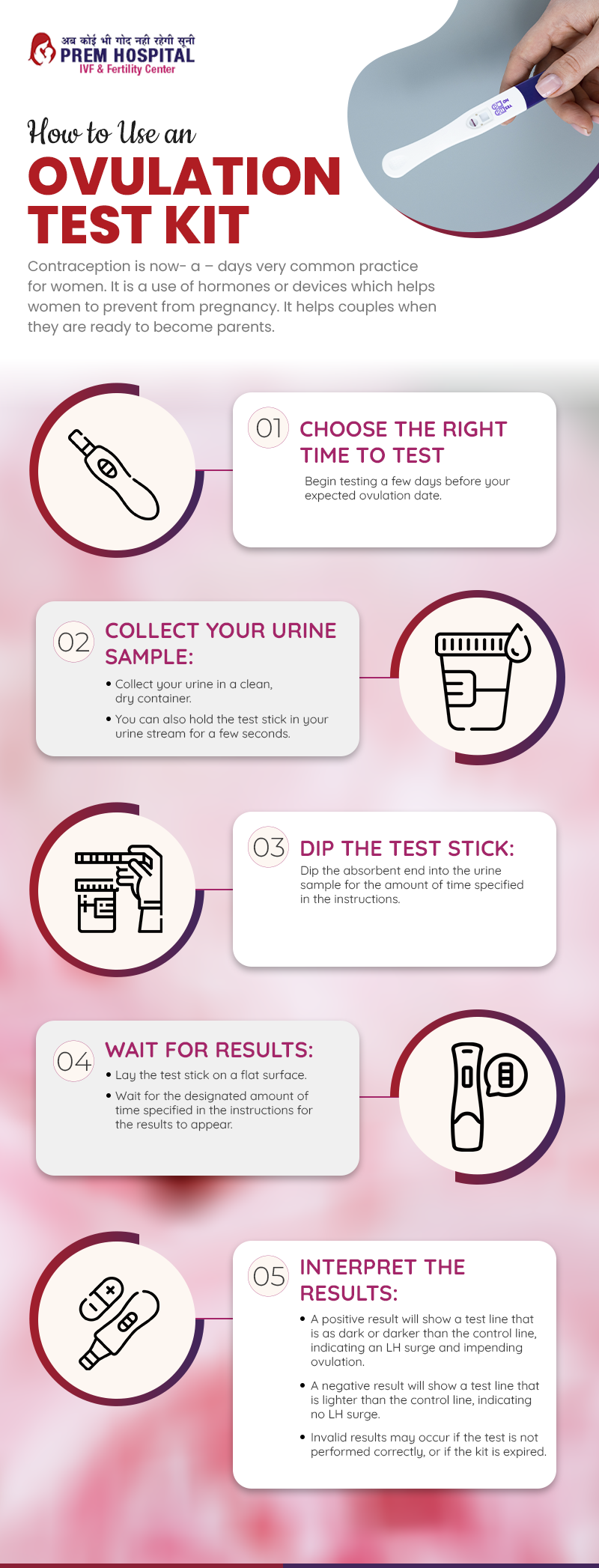Women who want to plan a pregnancy or use contraception must know how to calculate ovulation dates. Ovulation, after all, only lasts 12 to 24 hours. It’s crucial not to miss the days preceding ovulation and the actual ovulation (together referred to as your fertile window) to avoid losing your best chance of getting pregnant.
Your chances of getting pregnant are increased, and you have more control over the conception process when you know the day you will ovulate. Ovulation test kits, however, can be challenging to comprehend and even more perplexing to interpret. No matter how often you test, you might not see any lines, be unsure how to use the kit properly, or have inconsistent results.
What Are Ovulation Kits, and How Do They Function?
Ovulation predictor kits (OPKs), or ovulation test strips, are at-home tests to figure out when you’re ovulating alongside an ovulation period calculator. The kits can help you improve your chances of becoming pregnant because you are most fertile during ovulation.
Luteinizing hormone (LH) levels in urine are measured by ovulation test strips to detect ovulation. When your LH levels cross a particular threshold, it is reasonable to assume that ovulation will occur within 12 to 36 hours. A spike in LH tells the ovary to release an egg.
Do I Need a Kit, or Is an App Fine?
When it comes to forecasting ovulation, every woman has distinct requirements. Every woman should keep track of her menstrual cycle; using an app is a terrific way to do so. The app will indicate the fertile phase of the cycle once periods have been entered. Some women who want to become pregnant shortly might use a menstrual cycle tracking app. It is advised to have sex with them at least every other day throughout their most fertile period. An ovulation kit should be used in addition to the app if a couple is unsure how to calculate ovulation.
How Can You Determine Your Most Fertile Days of the Month Using Ovulation Strips?
It only takes a few minutes for the indicator to appear after peeing on a stick or strip (or peeing in a cup and dipping the stick or strip into the cup). You will ovulate if the test line is darker than the control line. If the test line appears lighter or lighter than the control line, you are not still ovulating, as low levels of LH are always present in your body. This ambiguity can be eliminated using an ovulation test kit with a digital display.
Ovulation often happens in the middle of your menstrual cycle. Therefore, you should begin utilizing an ovulation prediction test a few days before your halfway point. Take your first test on days 10 or 11 if your cycle is 28 days long. If your cycles are irregular, start testing three to four days before the middle of your shortest cycle and use its length as a guide. This is especially helpful after an ovulation induction treatment
How to Use a Kit for an Ovulation Test
If your specific ovulation predictor kit has instructions, read them carefully because there may be little differences in how they operate. However, an ovulation prediction kit often includes a package of five to ten test sticks or strips. Start taking the tests around two days before when you anticipate ovulating. If unsure of your cycle’s timing, use a chart or calculator for ovulation. Additionally, you can use fertility apps to determine your expected ovulation date.
Test per the earliest and latest dates you would anticipate ovulating if your cycles are irregular or if you have gone through infertility ovulation induction. If this is the case, having a kit with many test strips is helpful. If you need assistance choosing the ideal time for your body, speak with your OB/GYN.
Kits to predict ovulation features two lines. The control line is one line. This merely informs you that the test is successful. The test line is on the second line. LH spikes when the test line is as dark as or darker than the control line. You should now begin engaging in intercourse to get pregnant.
Sometimes people find it challenging to interpret a positive ovulation test result. Determining how to calculate ovulation may be challenging if there isn’t a strong LH surge. Ovulation tests may also not be accurate for those with PCOS, who may experience multiple LH surges or high levels of LH throughout their periods.
Conclusion
The ideal time to have intercourse to get pregnant can be determined using ovulation predictor kits. They can assist in improving your chances of getting pregnant even though they aren’t strictly necessary. You must consult a good B-GYN at the best fertility hospital in Meerut if you have concerns about your ovulation time


